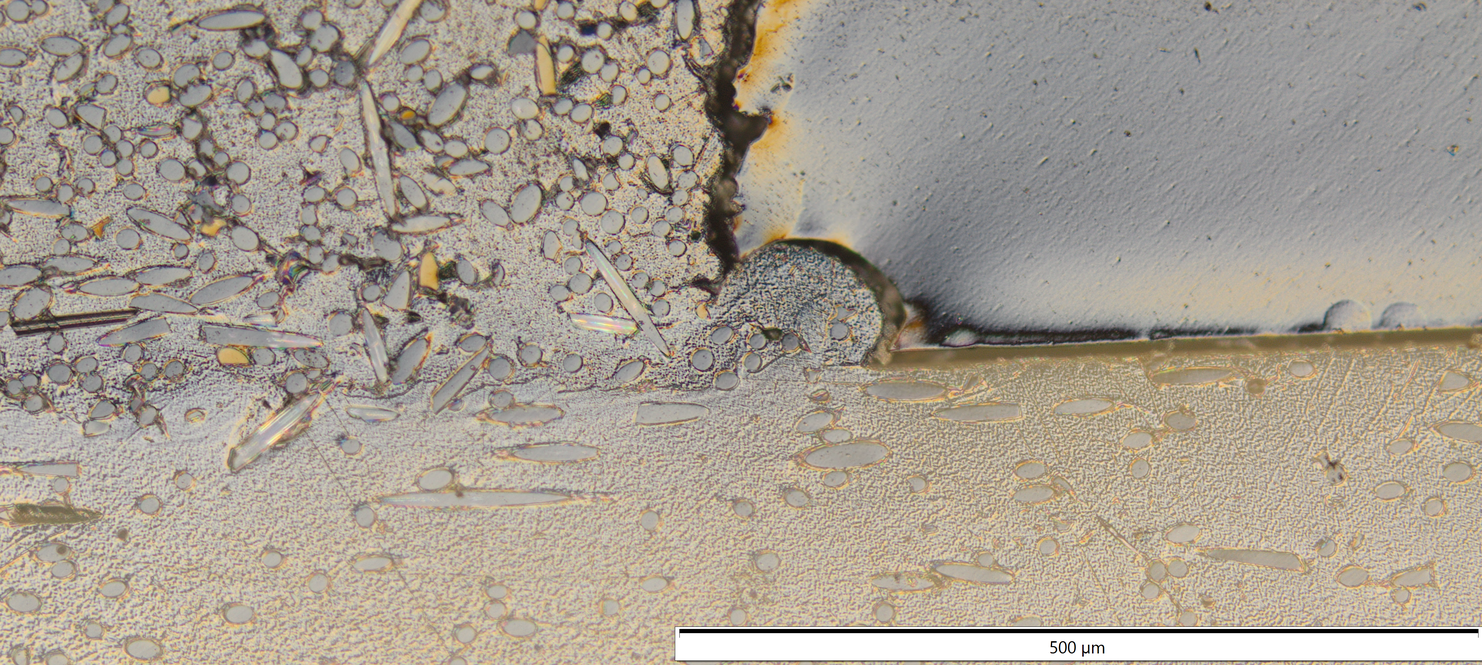Thermoplastics for laser welding – Part 2

In order to adapt plastics as ideally as possible to their field of application, various additives are added to them.
ADDITIVES – They are added to the polymer in small quantities and thus cause a change in the corresponding properties. The additives, which are usually very different from the base material in size, shape and color, change not only the desired but also other properties of the plastic. The most common additives are fire protection additives, solid lubricants, nucleating substances, metals and plasticizers. Due to the wide variety of different additives on the market, it is recommended to consult with an application expert regarding the influence on laser transmission welding behavior.
FILLERS – This term is generally used for powdery, organic or inorganic substances. Their addition to the base polymer usually serves to increase volume and weight, and to improve technical usability in terms of strength, elongation and elasticity. Polymers modified with organic fillers cannot usually be processed by laser welding because of the very strong absorption capacity of the additives and the low decomposition temperatures of the organic particles. Much more relevant for laser welding of plastics is the use of inorganic fillers (calcium carbonate, talc, glass balls). The exact influence for the particular application should be clarified by measurement in advance.
REINFORCING MATERIALS – Another technically important method of modifying the mechanical properties of a plastic is the use of reinforcing materials. This generally refers to particles that serve to increase mechanical strength. Characteristic is the fibrous geometry with a large length-to-diameter ratio. Today, synthetic inorganic materials such as glass, carbon and aramid fibers are mainly used for polymer reinforcement. Glass fibers are used for most technical applications with high mechanical loads. The influence on laser transmission welding lies on the one hand in varying transmission properties with varying fiber content. On the other hand, the influence on seam strengths must be considered. Despite the high transparency of glass in its natural state in any form, the addition of glass fibers influences the transmission properties of thermoplastic materials in a not inconsiderable way. Nevertheless, polymers with a fiber content of up to 50% can be welded by laser radiation if the process is suitably controlled.
Only rarely are plastics processed into an end product in the uncolored state. Part 3 of the article is devoted to this aspect.
